Preboggion, also known as prebuggiun, or prebugiun, is a traditional mix of edible wild plants (piante spontanee or erbe selvatiche if you're Italian) harvested in Liguria and the Italian Riviera in the Spring, and a foraging tradition I think it's worth taking a page from.
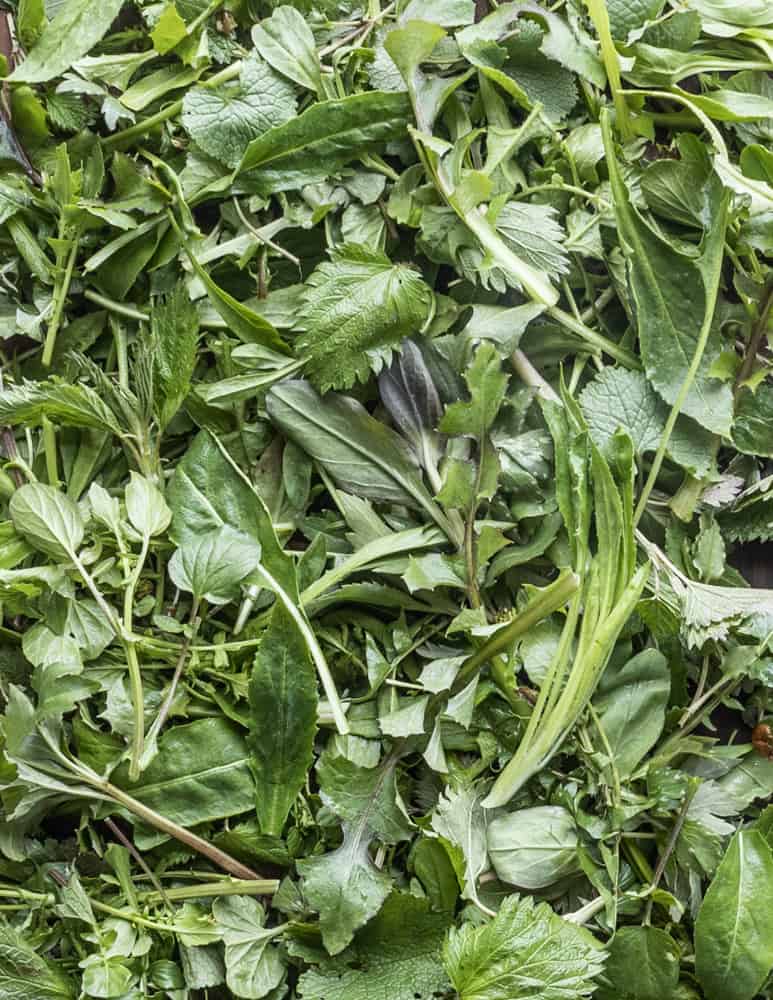
As I researched different uses of wild plants around the world for my book, I came across references to preboggion and the derivative recipes made from it and was fascinated.
There isn't a lot of documentation (in English at least) but there's enough to grasp the basic concept: harvest many young plants, then cook them together.
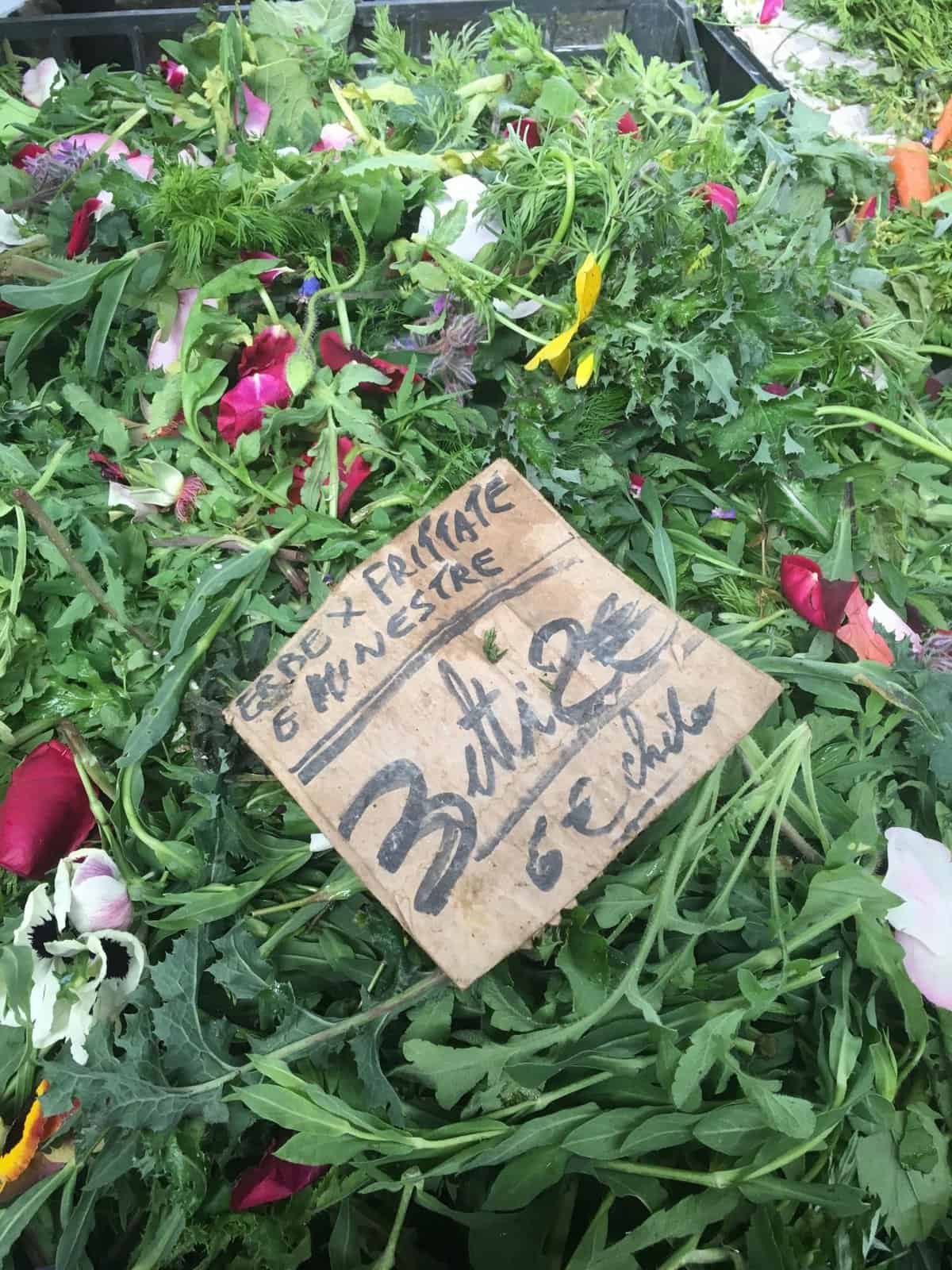
The name itself comes from the Genoese word for "to boil before"-a pretty common practice with wild plants around the world, and a common practice when the greens may have strong flavors.
Documentation
I have around 40 books on Italian food, and have read and donated many more over the years, but only two have referenced the specific mixture of foraged greens: Piantee Spontanee, and The Oxford Companion to Italian Food.
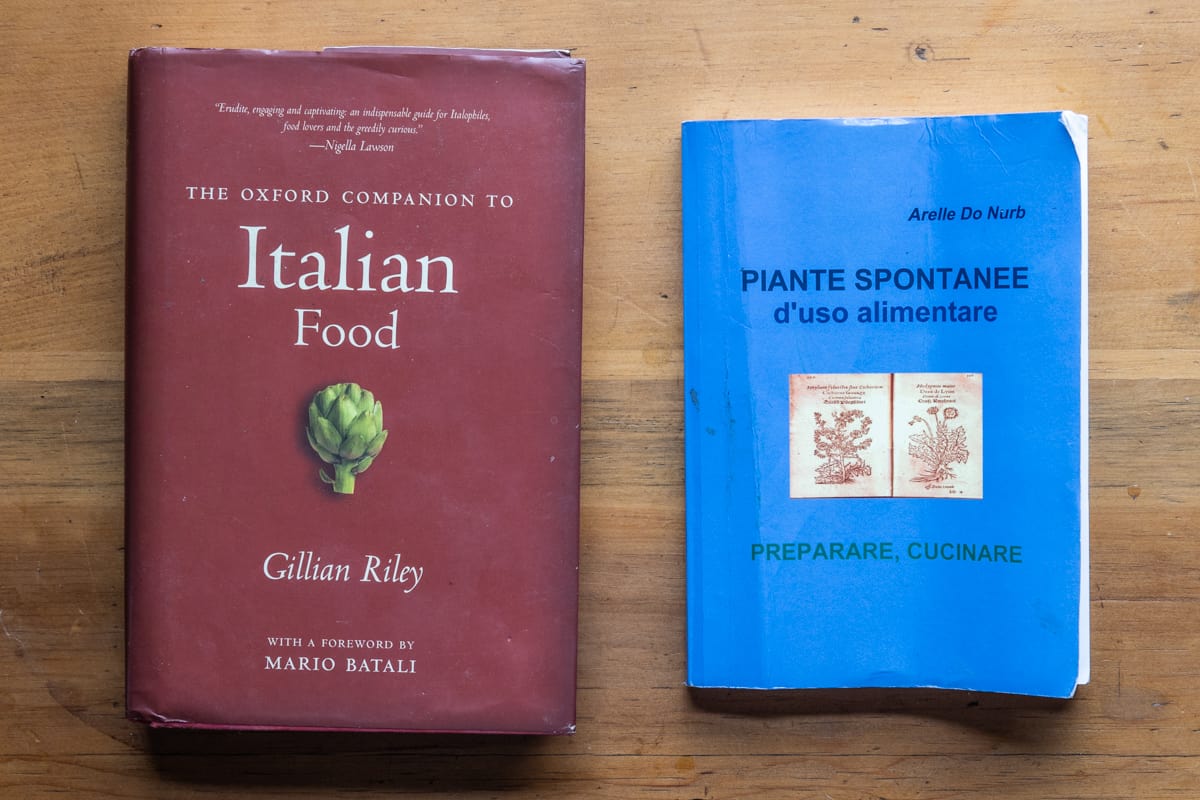
Like many traditional foods, exactly what the mixture is made from seems to vary. I've seen references saying it should be made with anywhere from five to twenty-three individual wild plants.

Some of these plants are difficult to come by in North America (wild poppy greens, for example) but, by looking at the families they come from, I think it's pretty easy to make something similar, even if you've never been to the Val Gravelia, the Genoese valley and reputed cradle of Preboggion.
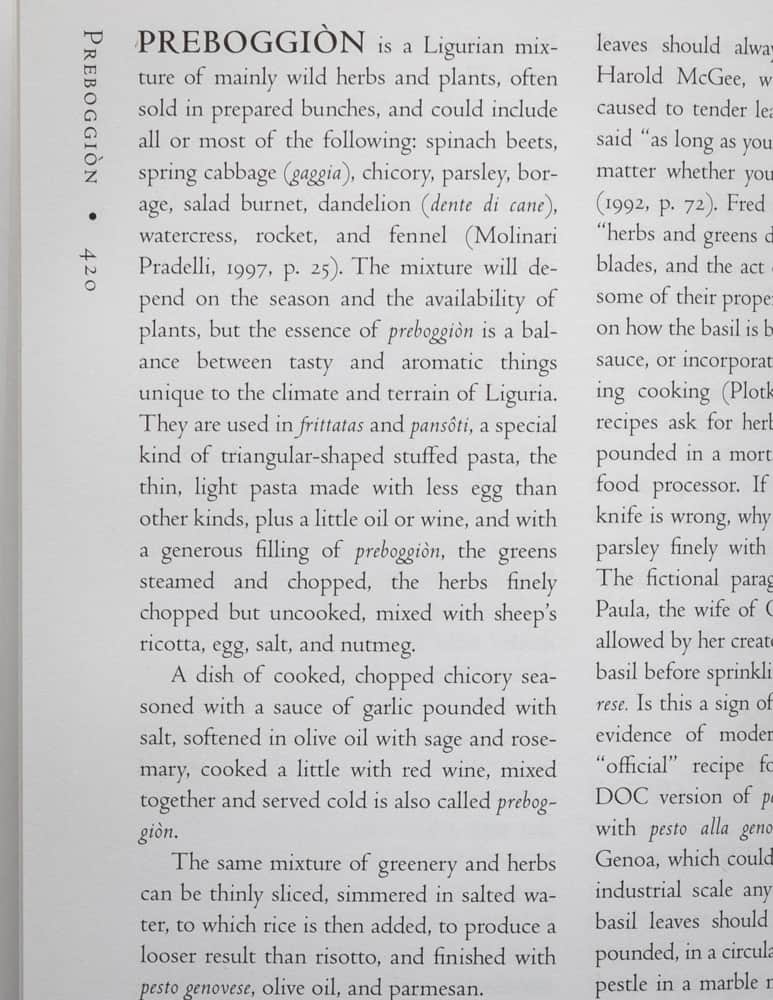
If that wasn't interesting enough, this mixture of plants is only one of a couple traditional blends of wild greens harvested in the same region.
Pistic, arguably the most obscure Italian wild food tradition I've come across, has been said to contain over 50 individual plants. 50. Individual. Plants. Two recent blends I made are below.
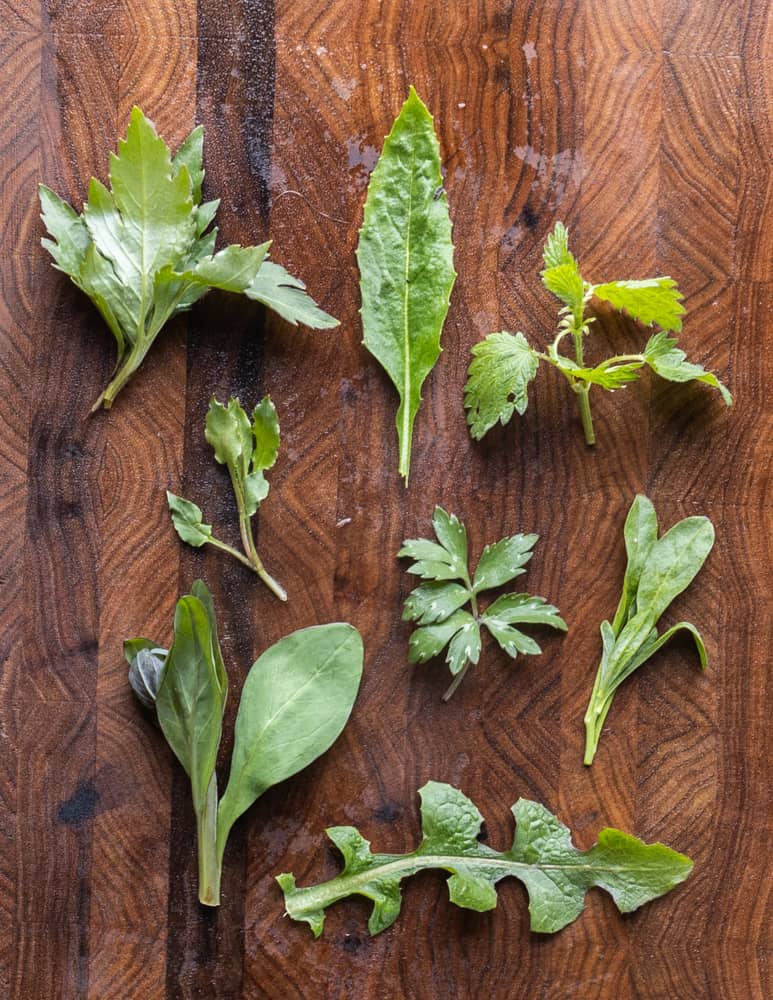
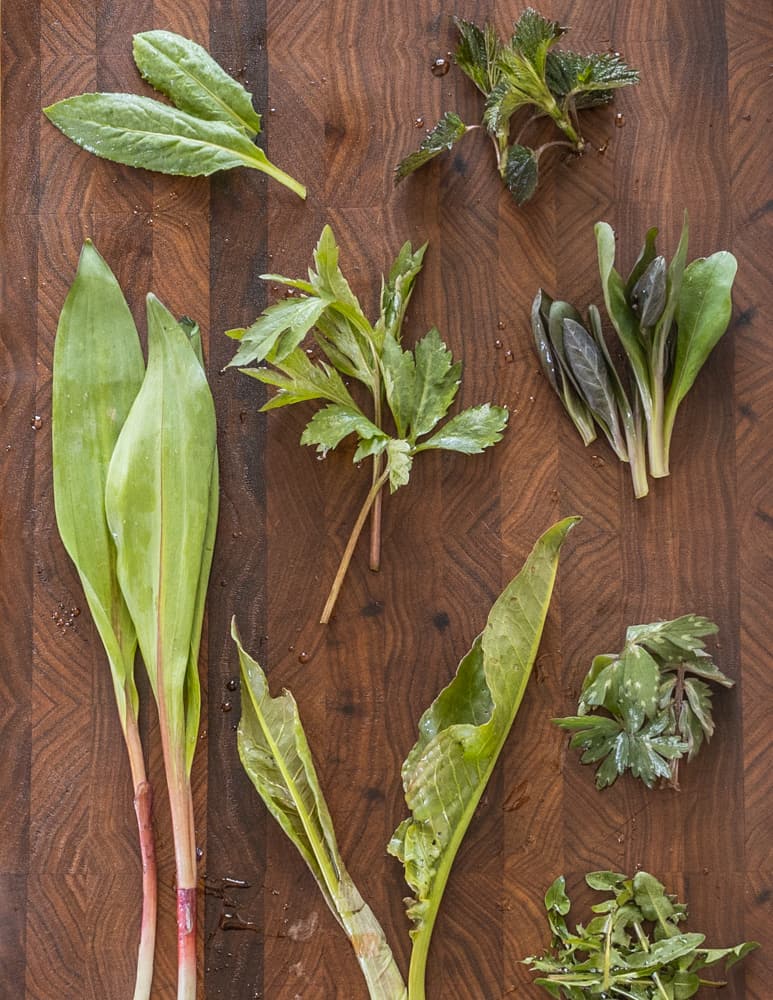
Borage
Preboggion stands apart from other blends of greens (like Tuscan Minestrella) in that almost every reference I've seen mentions borage greens as an important component.
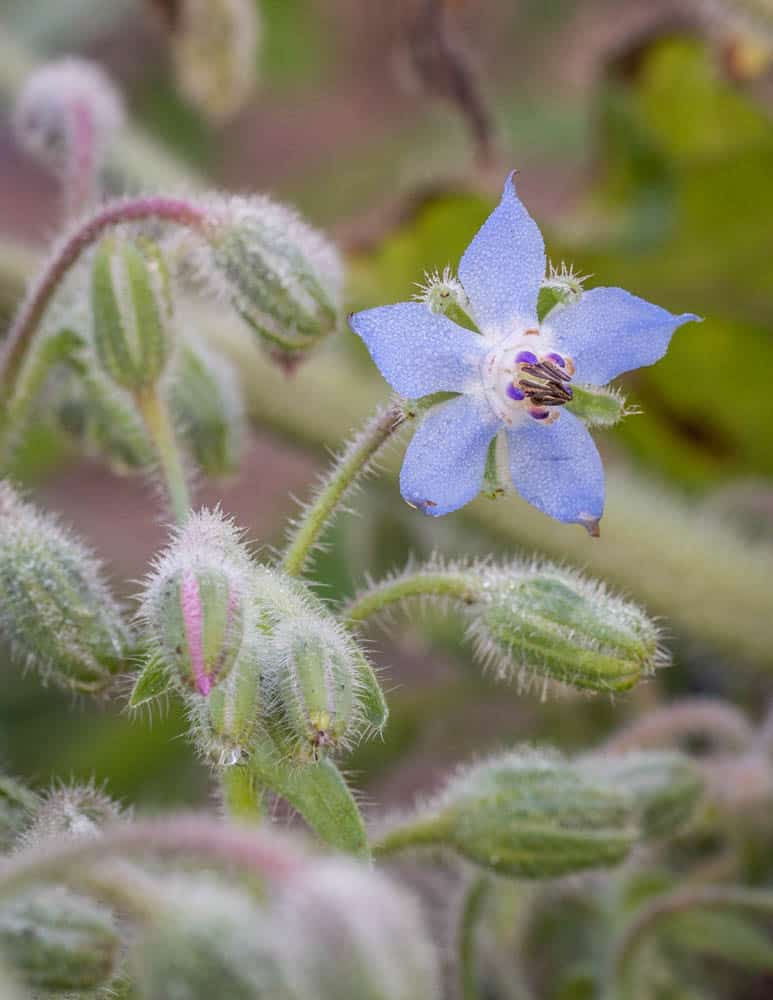
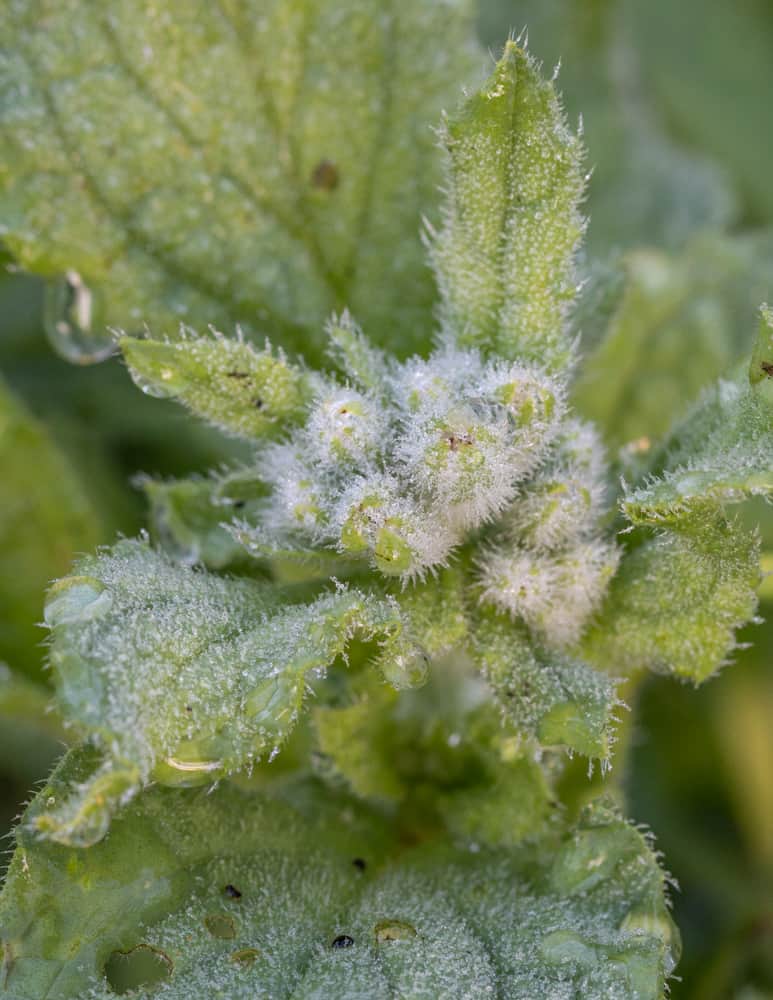
The other wild plants used seem to vary from place to place, and seem to be a combination of asters and other strong-tasting greens. Since borage is a summer plant, I've been using Virginia bluebells in my mixes.
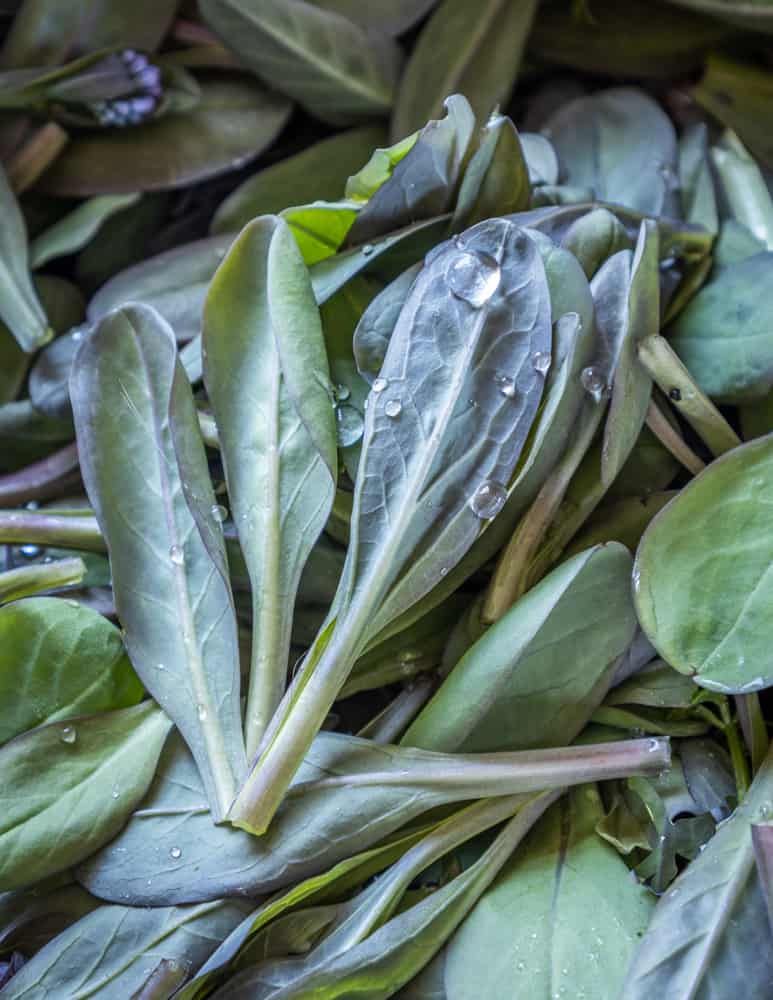
Traditional Plants Used
Accounts vary, but here's a list of plants I've seen in my personal library and from Italian websites.
- Borage (Borago officinalis)
- Beet Greens (Beta vulgaris)
- Bellflower (Campanula rapunculoides)
- Sheep Sorrel (Rumex acetosa)
- Poppy greens (Papaver rhoeas)
- Burnet (Sanguisorba minor)
- Dandelions (Taraxacum officinale)
- Chicory (various cichorium)
- Bladder campion (Silene vulgaris)
- Sculpit / Stridolo (Silene inflata)
- Mallows (various Malva sp)
- Sow Thistle (Sonchus oleraceus)
- Scorzanera Greens (Reichardia picroides)
- Bristly Hawkbit (Leontodon hipsidus)
- Nettles (various Urtica sp)
- Lesser Celandine (Ranunculus ficaria-described as poisonous in most references!)
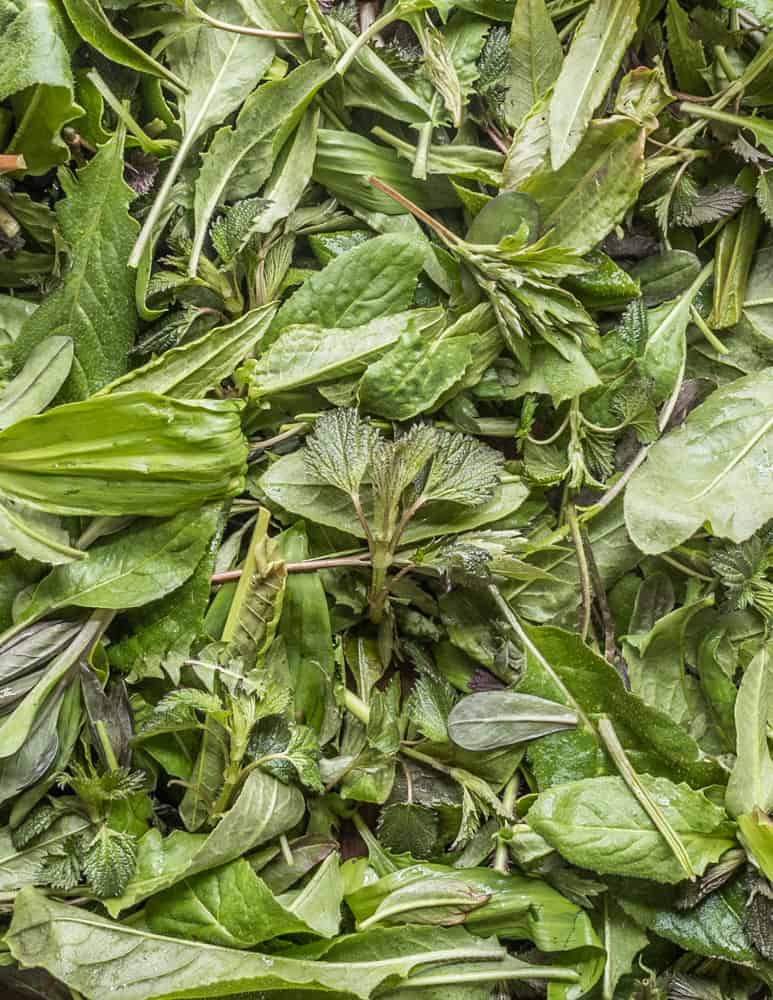
Tips for making your own
- Very young greens of a similar size are the best-ideally you don't want to chop them after blanching or steaming.
- For the strongest flavor, steam the greens. For a milder flavor, blanch them in salted water.
- The traditional versions, besides including borage, include a number of different, strong-tasting asters. At the very least, use some kind of bitter greens in your blend to give it a deeper flavor. Using all mild greens can be boring, especially if they're blanched.
- The more greens you use, the more interesting it will be.
Traditional Recipes
So, we know a lot of greens are gathered and cooked together, but how? I've collected a few examples, some well known, and some more obscure or regional/localized.
Pansotti seems to be the most well-known preparation, where greens are cooked, mixed with sheep milk ricotta, tucked into triangular ravioli and served with a walnut sauce.
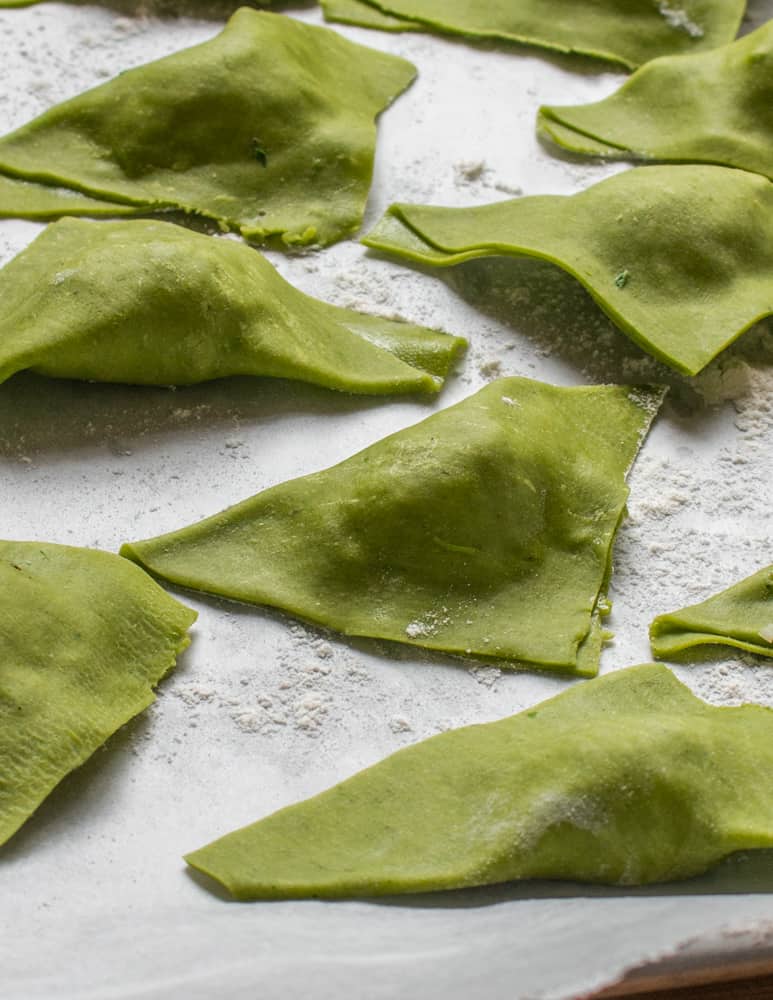
Other preparations might be mixing the greens with cooked potatoes (verdure trovata) bread (pane cotto) simmered with garlic, chopped sage and rosemary and a splash of red wine, or made into soup with rice and topped with pesto.
The most basic version is what I've been making the most though: simply cooked with a smashed clove of garlic, lemon and olive oil.
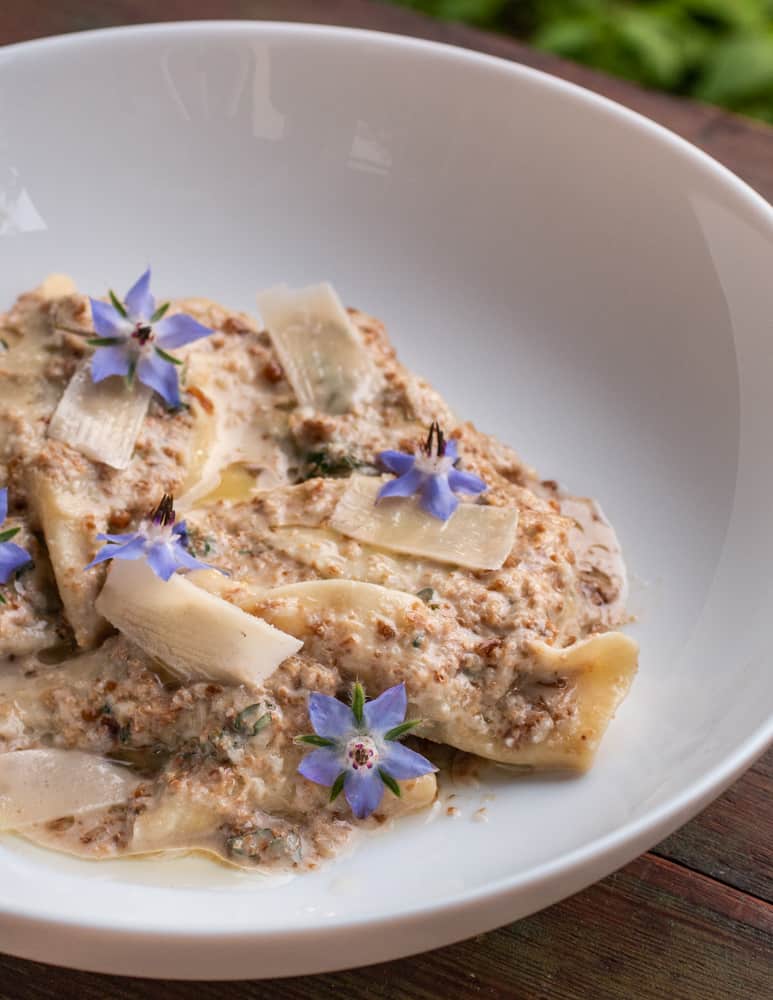
I hope you've enjoyed learning a bit about the fascinating tradition of preboggion. To celebrate Spring, I'd challenge you to go to one of your favorite places and see if you can harvest at least seven different edible plants and make your own local version.
No two bowls I've made have been the same, and I kind of like it that way.
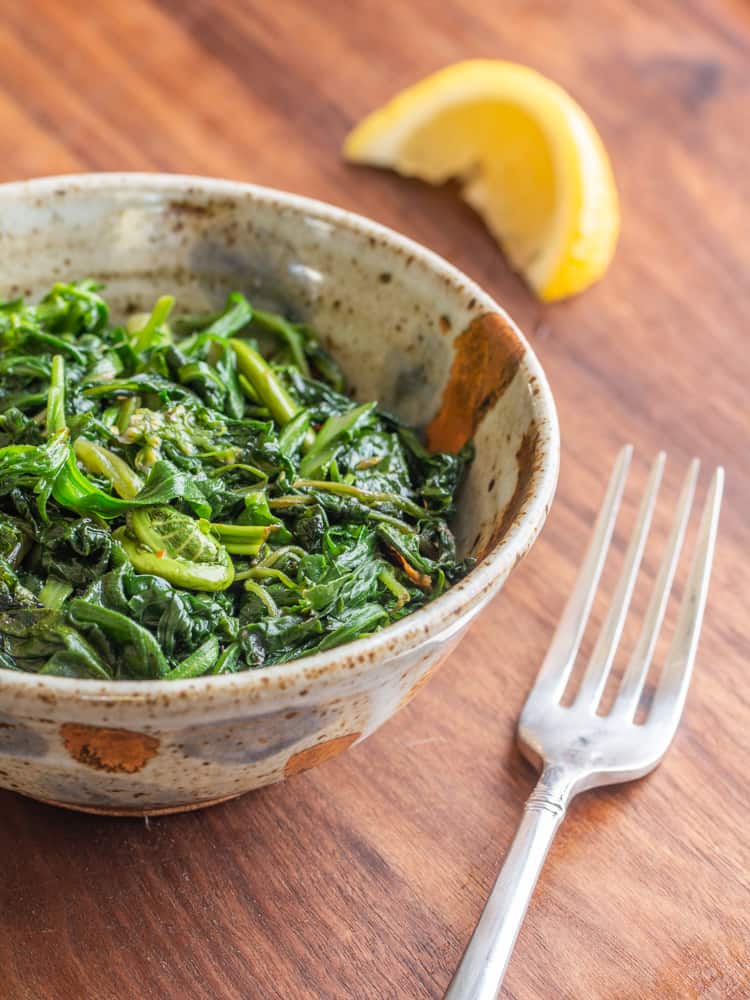
Related Posts
Erbazzone: Italian Wild Greens Pie
Minestrella: Italian Stew of Many Greens
Preboggion Genoese (Wild Greens with Garlic, Olive Oil and Lemon)
Equipment
- 1 4 quart soup or pasta pot for blanching the greens
- 1 10 inch saute pan or skillet for finishing the dish
Ingredients
- 6 oz Mixed wild greens aim for at least 7 different species, preferably including some borage and asters.
- 1 tablespoon extra virgin olive oil
- Kosher salt
- Fresh ground black pepper
- Crushed red pepper, to taste optional
- 1 large clove garlic
Instructions
- Wash and clean the greens, then spin dry.
- Crush the garlic clove to a paste with the back of a knife.
- If you want a milder flavor from your greens, blanch them in salted water for 30 seconds, then remove and cool.
- Heat the garlic and oil over medium heat until light-brown, then add the greens, along with a splash of water (if they're raw) cover the pan and cook for a couple minutes until the greens are tender and taste good to you.
- Double check the seasoning for salt, pepper and heat, adjust as needed, then serve with lemon wedges on the side.

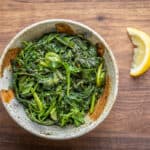
Richard J. Torre
So, so many fond memories (and now sweet tears) of growing-up with my nose at table level watching my mother make ravioli, always my most favorite dish. My family is documented in the same parish in the Valle della Fontanabuona since 17th century. My mother tongue was “Zeneise” - the Ligurian dialect, which creeps into this lady’s speech.
Alan Bergo
Hey Richard thanks for commenting I love hearing stories like that. This is such a special dish, when I cover things like this I really try to honor the tradition instead of just sharing a simple recipe as it's much more than that.
Jay
I searched your site for ways to use sow thistle alone, but didn't find one. I'm blessed with an abundance of sow thistle and the questions at the top of my list are:
Can older sow thistle leaves with spines be made into a reasonable pesto?
Any suggestions or recipes for using as greens with maybe dandelion and shepherd's purse or maybe even prickly lettuce?
Alan Bergo
Hi Jay, there's lots of ways to use Sow thistle. Hopefully I'll get a dedicated post up on them this year. Any recipe with leafy greens or dandelions that are cooked will work fine. Try the Lebanese dandelions first.
Clayton
This is one of the things that I loved about your book -- so many highly adaptable recipes for the huge variety of wild greens available in the spring. I've sometimes struggled to figure out what to do with "pick and mix" harvests of lots of different types of shoots and leaves and buds in the spring, but I feel like your book solved that issue for me. Thanks for sharing all of your research!
Alan Bergo
Thanks Clayton.
David Allen
Imagine my surprise when I was telling my girlfriend from Peru about this and she said she used to get this at a restaurant in Lima, where it was called Liguria on the menu. :0
Apparently there was a large migration of people from that region to Peru during WW2.
As an avid forager, I look forward to making this soon.
Alan Bergo
That's great David, thanks for sharing.